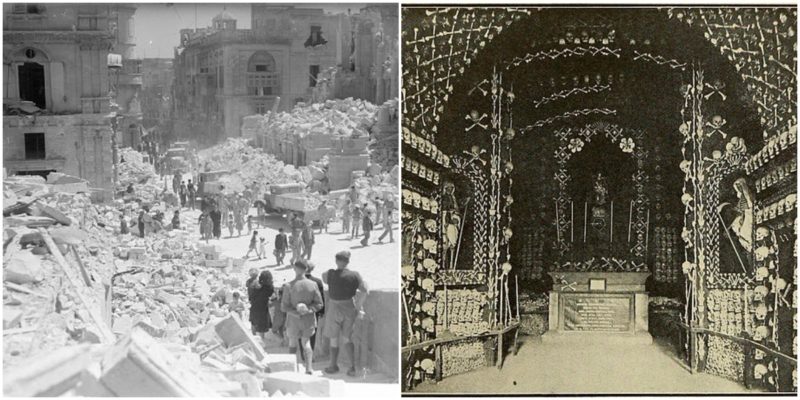The remains of the Nibbia Chapel (Il-Kappella ta’Nibbia in Maltese) are located in the city of Valletta, the capital city of Malta. The former Roman Catholic chapel was dedicated to Our Lady of Mercy (or the Madonna della Misericordia).
At the beginning of the 16th century the strategically important island of Malta, situated in the Mediterranean Sea, came under the rule of the Order of the Knights of Malta. The chapel was originally erected in 1619, financed by the Italian Fra Giorgio Nibbia, a knight of the Order of St. John. The chapel was built just next to a cemetery, in which countless individuals who died at the adjacent Sacra Infermeria (or the Hospital of the Order of St. John) were buried.
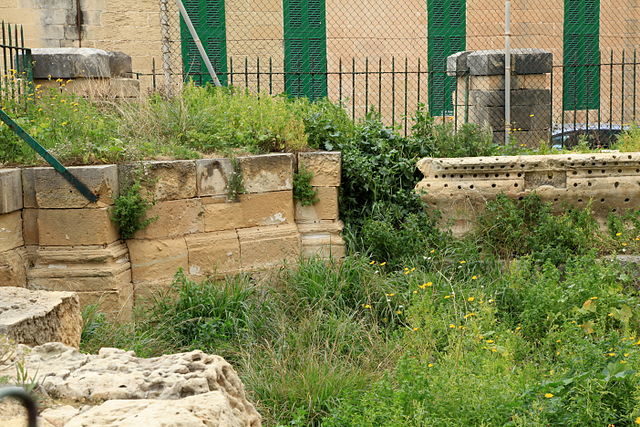
It was the main hospital in Malta and was used to give medical care not only to local patients, but also to pilgrims that were coming back from Jerusalem. Later the patron of the chapel, Fra Giorgio Nibbia, was buried there too. For more than 300 years the small church was a well known sacred place, as well becoming a popular and unique tourist attraction since the beginning of the 20th century.
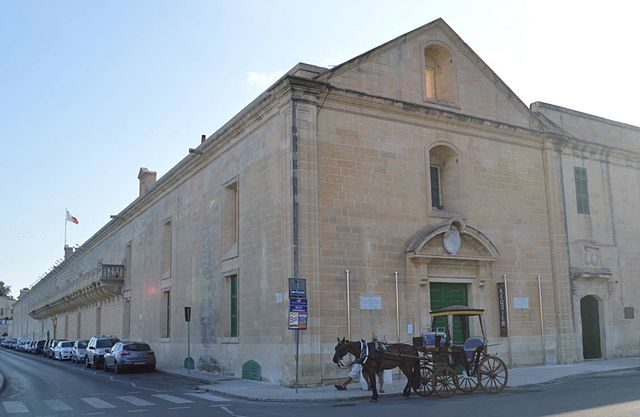
In 1730 the old chapel was torn down to make space for an expansion of the hospital. A new chapel was designed in 1731 by the Baroque architect Romano Carapecchia. In 1776, the hospital cemetery was cleared, and the human remains were carried into a fairly large crypt, probably placed under the chapel or in its vicinity.
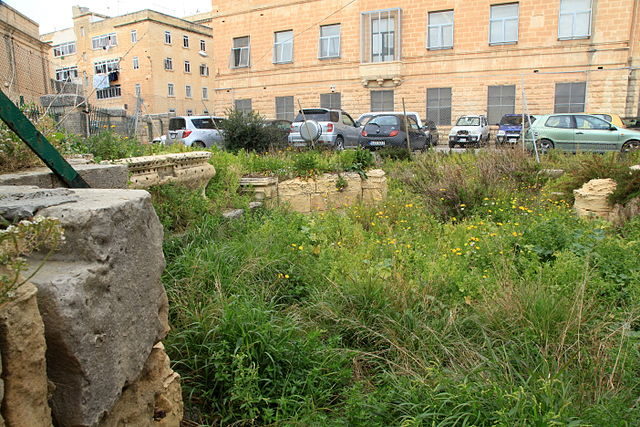
The chapel was dome and octagonal in form and was decorated with ornaments, typical of Baroque style. Plenty of similar buildings were built at the same time in Malta. What was unique and unusual for this chapel was the vaulted crypt beneath, whose walls were strangely designed. In the crypt were placed the remains of the former patients, and in 1852, the chaplain of the hospital Reverend Sacco came to a unique idea of arranging the human skulls, bones and even complete skeletons to decorate the walls and the interior of the crypt. Thus quite spine-chilling mosaics and scenes were made. Because of that, the chapel became known as Il-Kappella tal-Għadam – the Chapel of Bones. The crypt had one altar, enscribed with a Latin epitaph that lamented the shortness of the life and asked for prayers for the deceased.
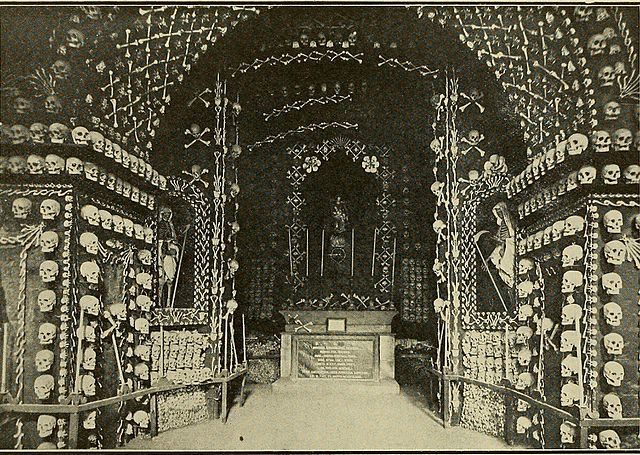
The locals say that the remains in the crypt didn’t belong to the hospital patients, but to soldiers who died during the Great Siege of Malta in 1565.
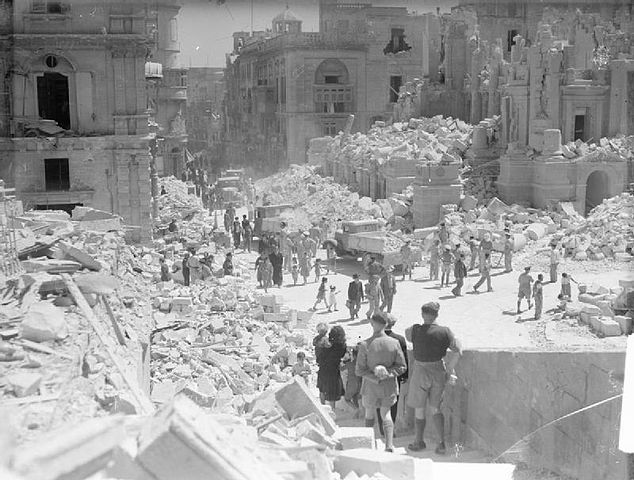
At the beginning of the 20th century, the crypt became famed. Postcards and lithographs on which were depicted the morbid interior of the crypt became popular souvenirs from Malta. The chapel was often visited by tourists and sailors while they were on the island.
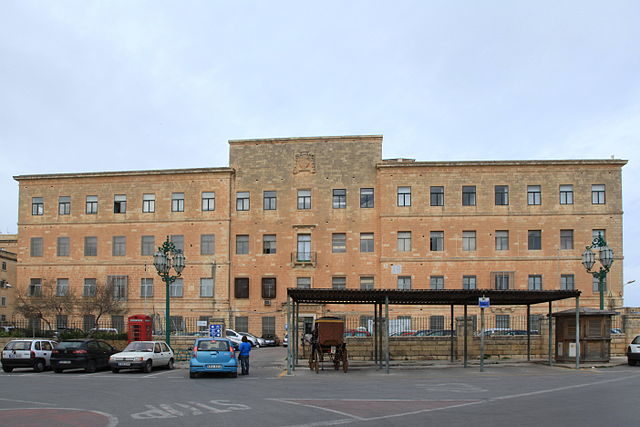
Nibbia Chapel was one of the victims of the many bombing raids on Malta during the World War II, when many buildings in Valletta were destroyed. It was only partially damaged, during the bombing that occurred on February 14, 1941. Some of the human remains were collected and taken to the Addolorata Cemetery. Sadly the whole structure was almost completely destroyed at the end of the 1970s. Today, somewhere below the few precious stonework remains, including the sarcophagus Fra Giorgio Nibbia, that are tucked away in the corner of a car park of the Evans Building, it is believed that the crypt of the Chapel of Bones still exists.
